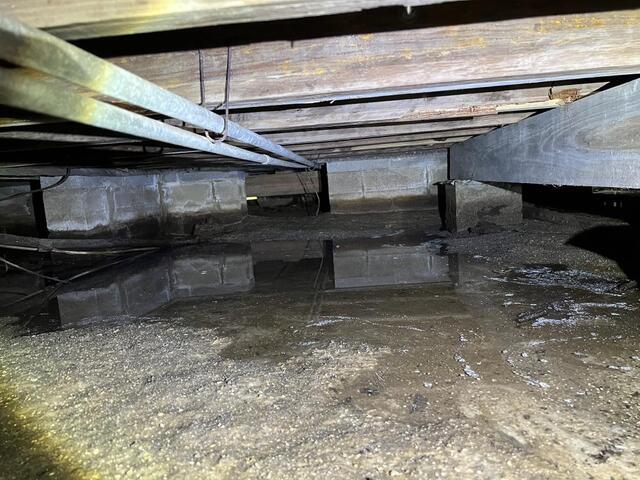Spring Cleaning Checklist: Don't Forget Your Foundation!

Spring is the perfect time to refresh your home, but while you’re cleaning windows and organizing closets, don’t overlook your foundation. Florida’s rainy season can bring heavy downpours that put your home at risk for water damage, soil erosion, and structural issues. A thorough foundation check now can prevent costly repairs later, and LRE Foundation Repair is here to guide you every step of the way! Use this checklist to ensure your foundation is in top shape before spring storms arrive.
1. Inspect Your Foundation for Cracks
Walk around your home’s perimeter and check for cracks in the foundation walls or around the crawl space. Small hairline cracks might not seem like a big deal, but they can expand over time, allowing water to seep in. If you notice larger cracks or signs of shifting, it’s best to consult one of our professionals before the rainy season worsens the problem. At LRE, we offer free, no-obligation estimates, making the process super easy!
2. Check for Signs of Water Pooling
After a rainstorm, take note of any areas where water pools near your foundation. Standing water can erode soil and put pressure on your foundation, leading to long-term damage. Addressing poor drainage early can help keep your foundation stable. At LRE, we offer a wide range of drainage solutions to fit every need.
3. Ensure Proper Soil Grading
Your yard’s slope plays a big role in directing water away from your foundation. Soil should slope downward away from your home by at least six inches over the first ten feet. If you notice areas where water is collecting near your foundation, consider adding soil to improve the grade and keep water flowing in the right direction.

4. Clear Debris from Drainage Areas
Make sure all drains, trenches, and other exterior drainage solutions are free of debris. Leaves, dirt, and other obstructions can cause backups, preventing water from properly flowing away from your home. Regular maintenance can prevent minor blockages from turning into major water issues.
5. Inspect Crawl Spaces for Damage
Moisture buildup and decaying supports in your crawl space can lead to mold, wood rot, or even structural damage. Check for damp spots, condensation, musty odors, or bowing floors. If you notice signs of damage or excess moisture, consider installing a dehumidifier or improving ventilation to keep the area dry. Our team of experts can inspect your entire crawl space for free, offering a myriad of solutions to meet your needs. 
6. Ensure Downspouts Are Properly Positioned
Downspouts should extend several feet away from your foundation to prevent water from pooling at the base of your home. Consider using downspout extensions to direct water safely away, especially in areas prone to flooding.
7. Trim Vegetation Near the Foundation
Overgrown plants and tree roots can cause foundation problems by trapping moisture and exerting pressure on walls. Keep shrubs and trees trimmed back at least a few feet from your foundation to allow for proper airflow and drainage.
8. Seal Small Gaps, Cracks and Openings
Gaps around pipes, vents, or other openings in your foundation can allow moisture and pests to enter. Use caulk or expandable foam to seal small openings and prevent future issues. Small cracks in your concrete or foundation can also be treated, typically with professional help. At LRE, we have a number of products to treat cracked concrete and foundations.

Protect Your Home This Spring
Spring cleaning isn’t just about decluttering—it’s about protecting your home’s structure from seasonal weather changes. Even with a thorough checklist, some foundation issues still require an expert's eye. You can prevent costly issues before they start with a little preparation and with LRE's help. Scheduling a free inspection can help identify hidden problems before they start, so call LRE Foundation Repair today, and be well-prepared for Florida's upcoming rainy season.


